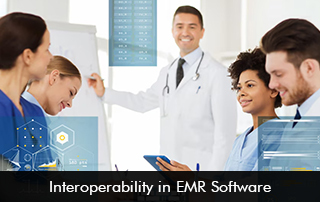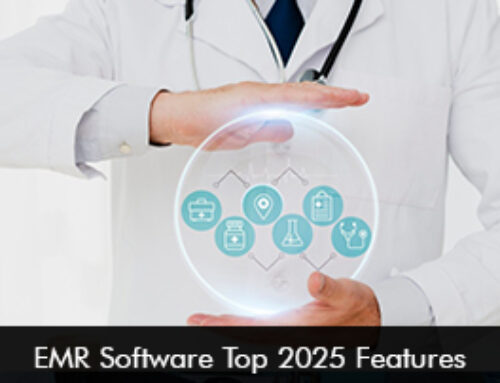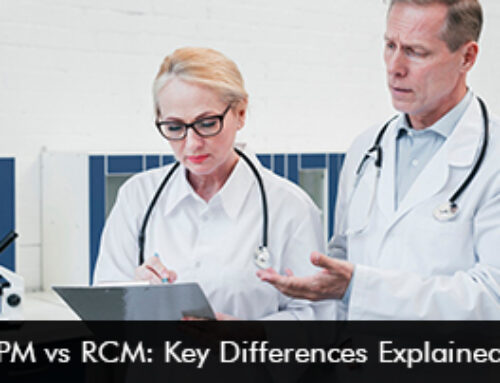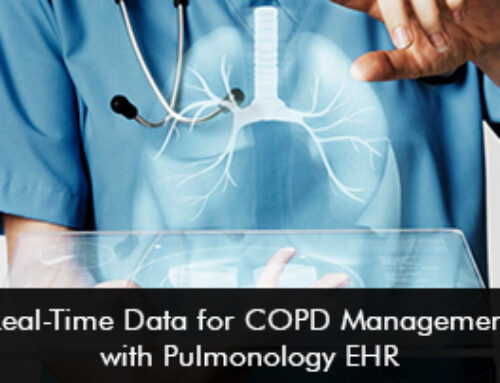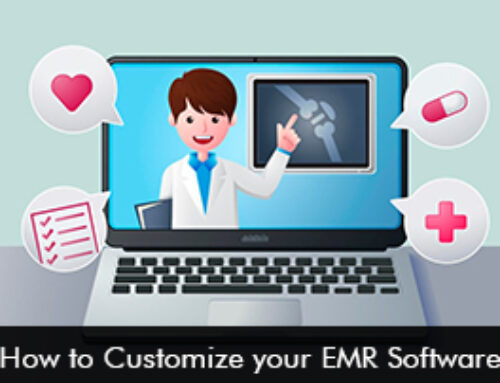The seamless integration of Electronic Medical Records (EMR) Software is of paramount importance in 2024 and beyond. Interoperability defines the ability of healthcare networks and patient administration software to exchange or transfer patient information and comprehend its subsequent use without any limitations. With the increase in financial investment and technological advancement in the healthcare sector, this smooth swapping of information networks is no longer a luxury but a requirement.
Why EHR Software Interoperability Matters in 2024
As more people use telemedicine, AI, and wearable devices, there are now multiple sources from which patient data is gathered. Physicians need to have comprehensive and up-to-date health information to ensure that they can make sound decisions efficiently at the point of care. Interoperability in Electronic Health Records Software helps minimize medical errors, eliminating unnecessary examinations, and improving the precision timing of patient care.
Approximately 70% of acute care non-federal hospitals in the United States as of late reported incorporating data into their Electronic Health Records (EHR) systems. Furthermore, a majority of these hospitals accomplished all four interoperability tasks: transferring, receiving, locating, and integrating patient health data from non-health system sources.
Solutions to Achieve Better EMR Software Interoperability
- FHIR (Fast Healthcare Interoperability Resources): This is a specification promulgated by HL7 for the electronic exchange of clinical data. It encourages the interoperability of data through its universal structure.
- APIs (Application Programming Interfaces): APIs are implemented in EHR Software and allow interaction between other applications including patient data in real-time. Most of the EMR Systems vendors are providing open APIs these days to integrate with other healthcare systems.
- Cloud-Based EHR Software: Using cloud solutions allows different institutions and specialists to exchange information with one another in real-time. This helps to reduce the data constraints and encourages a better healthcare network.
The Benefits of EMR Software Systems Interoperability
Healthcare organizations can reap many advantages from an interoperable environment where patient data can be shared and accessed seamlessly:
Enhanced Patient Care and Outcomes
An interoperable Electronic Medical Records (EMR) Software System empowers providers ensuring they have a comprehensive view of patient data. This helps them to improve patient diagnosis and come up with treatment plans that are successful and safe.
Reduction in Healthcare Costs
The price of unwanted tests is eliminated as operational productivity prevails with EHR Software solutions that are interoperable. There is efficient utilization of resources reducing overall waste and costs.
Improved Patient Experience
Well-rounded patient experiences can be delivered as accurate, swift, and coordinated care can be ensured with interoperability in EMR Systems. Achieving complete interoperability is the building block for high-quality and patient-centered care that can also boost patient satisfaction scores.


